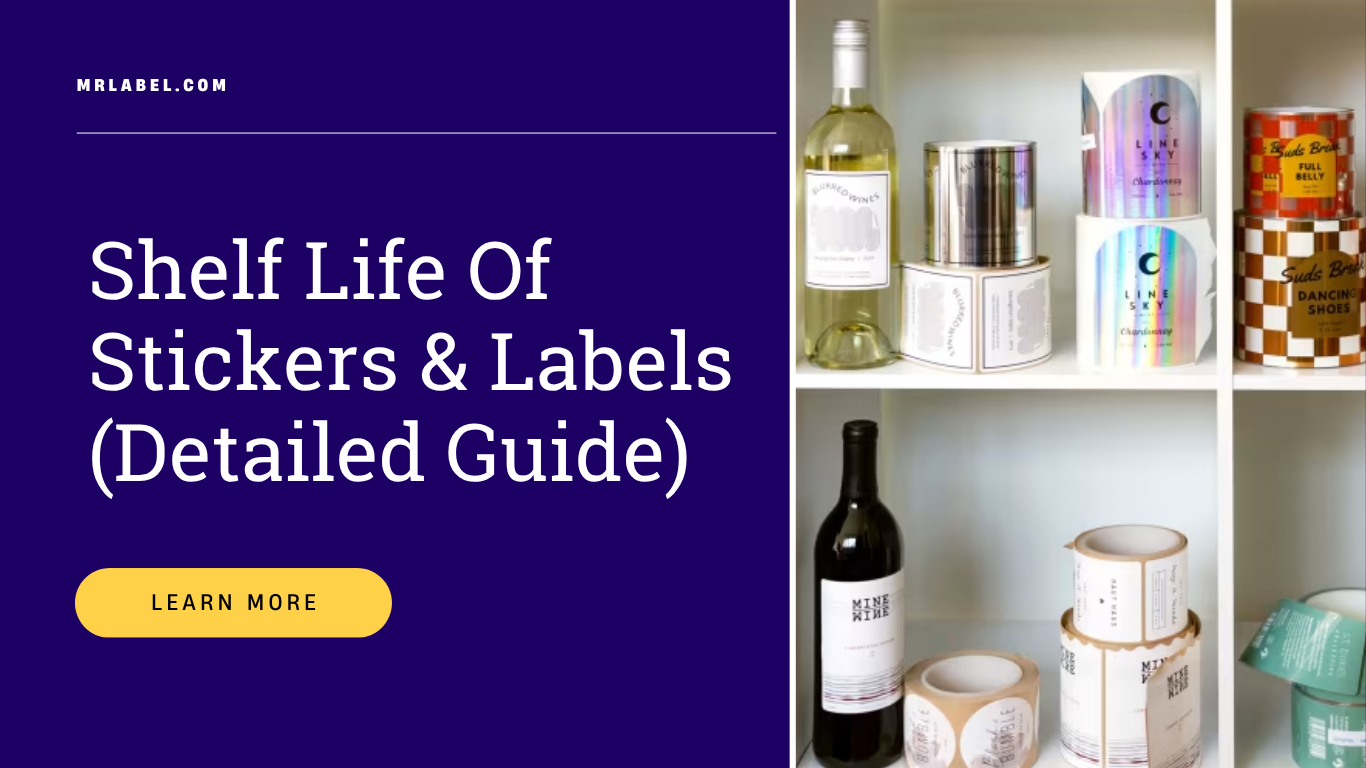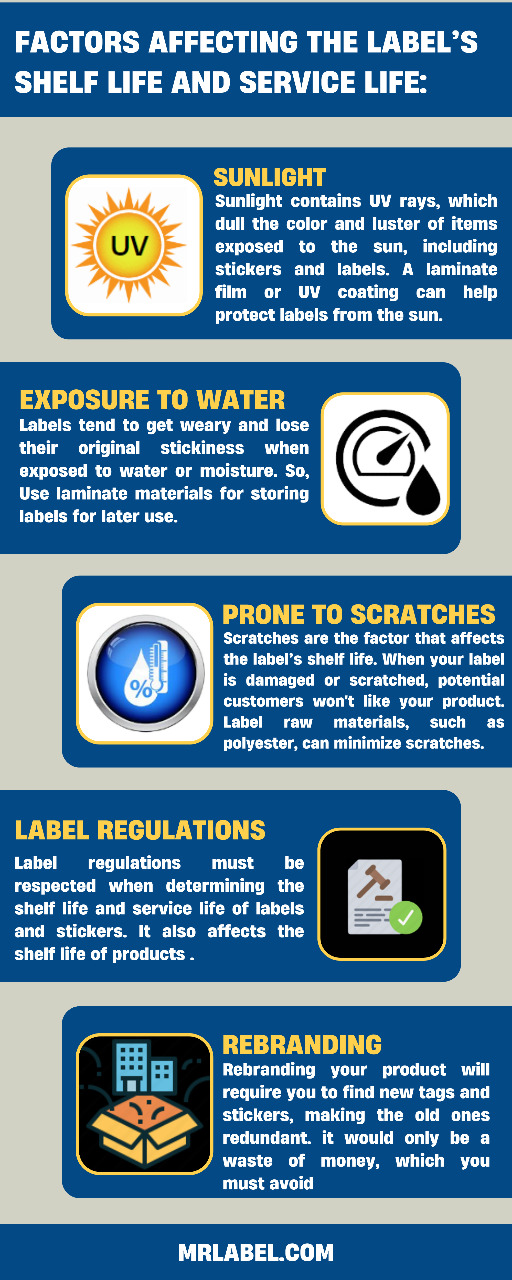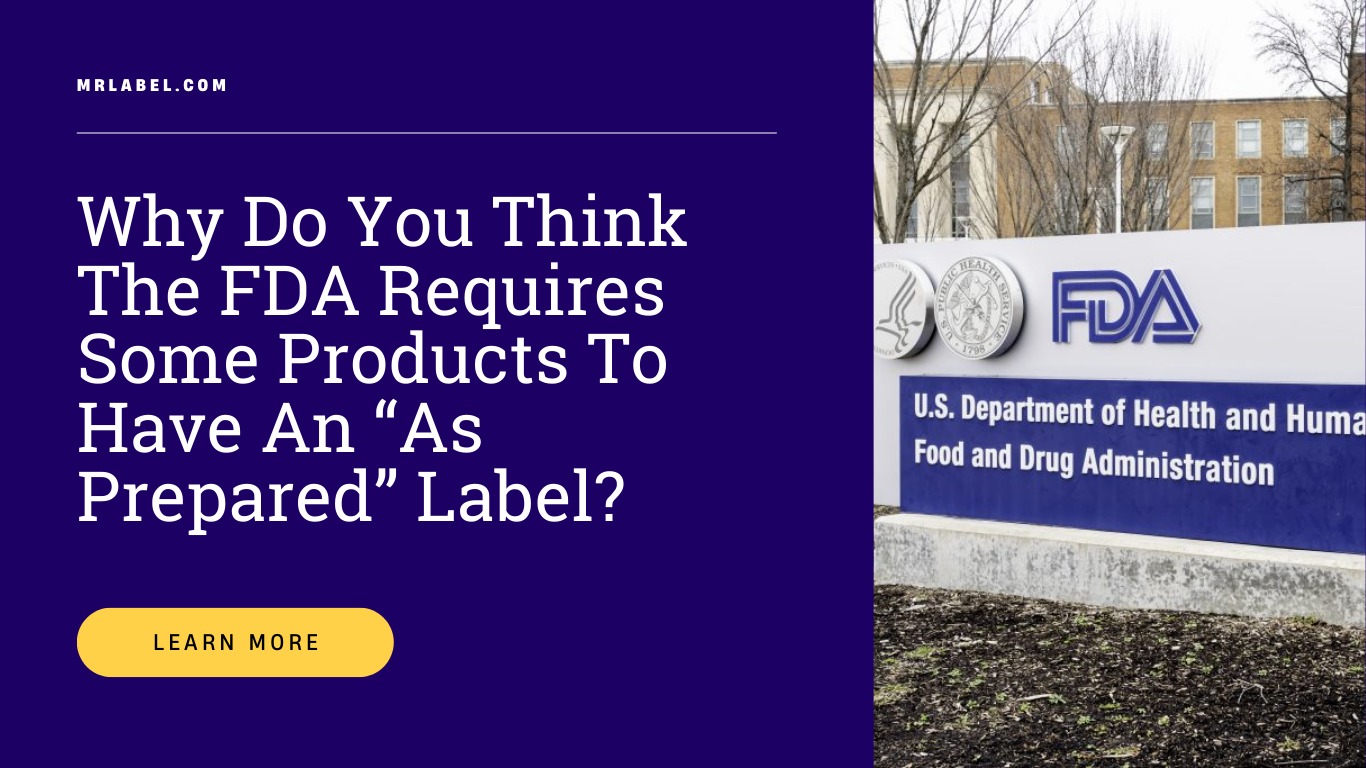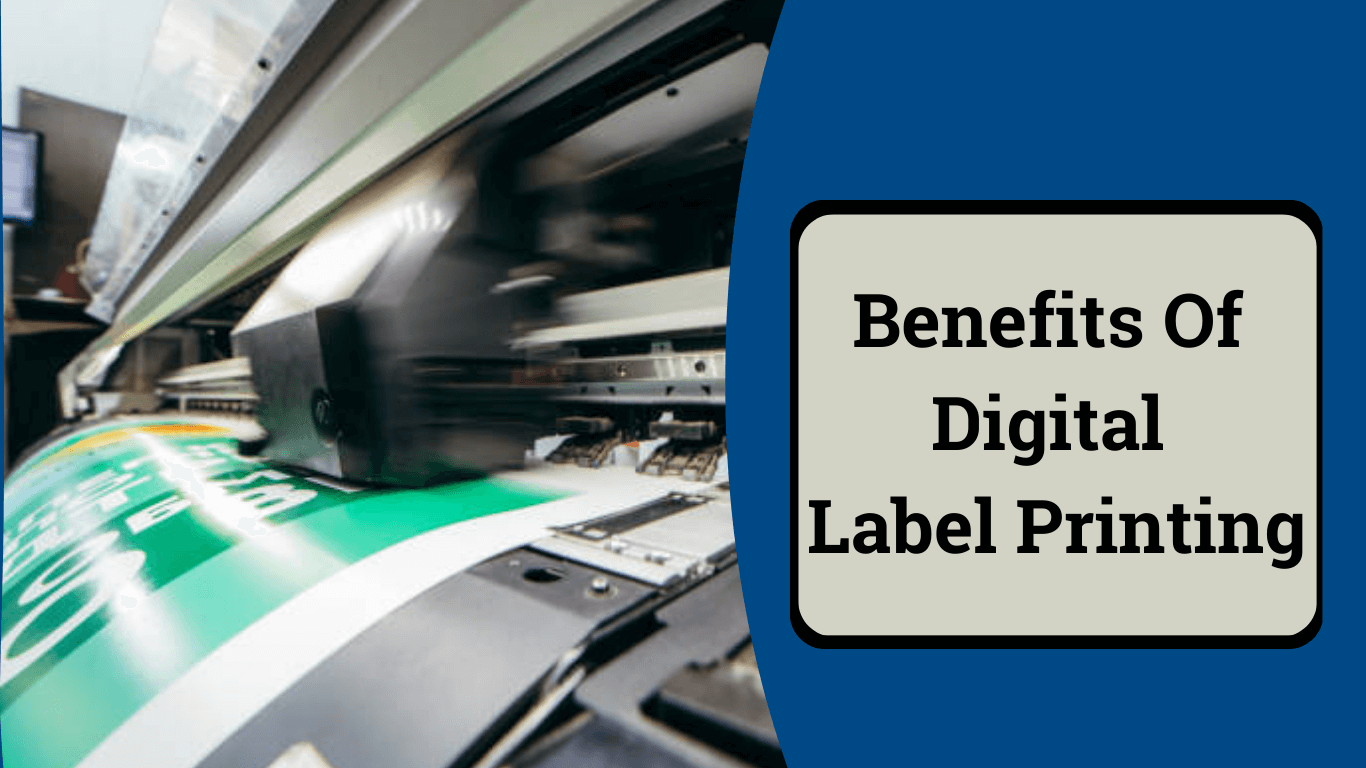Have you found an economical label printing company for your products, and now you are thinking of getting these labels in bulk? Well, this is no doubt a great idea.
But there is a small catch here! What if your labels lose the color and luster that gives your products their unique outlook? Or what if they don’t stick once you decide to put them onto your product?
In that situation, getting your labels in bulk wouldn’t remain cost-effective; instead, it will enhance your costs. So, before you implement this decision, it is essential to know the shelf life of stickers and labels, along with the factors affecting them.
By the time you finish this article, you’ll be able to decide if you need bulk stickers or labels for your product or if you’ll stick to the batch option.
Let’s clarify the concept first:
There’s a difference between the shelf life and the service life. Shelf life refers to the period you can store your labels without impacting the quality. On the other hand, the service life includes the time the stickers will remain fixed on your product when exposed to environmental conditions.
The shelf life can impact the service life of your tags. For example, if the labels have been in storage for more than the recommended time, you cannot expect them to stick properly to your product. Similarly, the storage life of the raw material can impact the quality and, thus the optimal usage time of your stickers.
So, if you are just ordering in bulk, you should look at the shelf life of stickers, but if you aim for your products to have labels for a longer time, you must be concerned about the service life too. In most situations, you’ll need to worry about both these concepts, and we’ll explain that shortly
Ideal conditions for storing your labels:
72 degrees F with 50% relative humidity are the optimal conditions for label storage for up to a year. Because of variations in temperature and humidity, expect a decrease in the average storage life.
The more the shelf life is, the longer you can store them in your warehouse. However, the earlier you use these labels, the better will be the service life.
While ordering your labels in bulk, ensure you have the optimum conditions for storage. Besides, the raw material shouldn’t be too old, or the labels must not be stored for extended periods to ensure a better and longer service life.
Factors affecting the label’s shelf life and service life:
You can store your product labels and stickers for a long time, but there are certain factors you need to be careful of. To help you avoid any problems later, we have covered these factors for you.
Interaction with the sunlight:
Do you think sunlight can be damaging to your product labels and stickers? Think again!
Sunlight contains UV rays. With constant exposure of any surface to the sunlight, you’ll observe dullness in color and luster. It applies to stickers and labels too!
When storing your labels, note that sunlight shouldn’t be entering the room or, at least, falling in directly on your tags. As UV rays have the potential to break the chemical bond of ink, a resultantly bleaching agent is produced that creates a lifeless impact.
Similarly, you should also be worried about the label’s service life if exposed to sunlight. Even if the product you manufacture can sustain heat or sunlight, your labels might not! The same chemical reaction will occur, and the product’s overall appeal and luster will fade away with the sticker.
Ideally, keeping your labels used or unused away from the sunlight is what you should aim for. But it might not be possible, always, so you should shift to the raw material that provides you with more resistance.
Laminate films and UV coatings can be efficient materials for labels and stickers in such a situation. Find out if your label printing company offers such a raw material before you order your next batch of stickers.
Exposure to water:
Another important thing that you must take care of is water exposure. It is not only the water but moisture as well. Labels tend to get weary and lose their original stickiness when exposed to water or moisture. It applies to the stickers attached to the products too.
For storing labels, you must create an environment free of moisture, especially if these labels are to be used months later. But if the product you will be using these labels for will be refrigerated or exposed to moisture during any consumption stage, your label’s raw material must be ready to compensate for it.
One of the best materials you can use for this purpose is laminate. It can resist moisture and water exposure a lot longer than the other label material, thus providing you with the desired results from your product and its overall look.
Prone to scratches:
When kept in storage, the shelf life of your stickers and labels might be reduced because of scuffs and scratches. Usually, scratches in storage are avoidable by maintaining proper conditions. However, friction will play a role when determining the service life of the stickers and labels.
When your product label is damaged or scratched, you cannot expect your customers to think highly of your product, so you should be cautious of this element. During logistics, you cannot be in complete control of your product and thus it’s labeling, but you can utilize the raw material in anticipation of the wear and tear your product might have to go through. It will increase its service life.
Polyester is usually the best choice as the label raw material to mitigate the impact of scratches.
Changes in regulations:
You cannot ignore the label regulations when determining the shelf life or service life of the labels and stickers. If you are working in an industry where the regulations tend to change quickly, you can stock your stickers. Even minor changes will make all your labels redundant, and it would be a waste of money.
Rebranding:
If you plan to rebrand, you must keep a limited number of product labels. Once you rebrand your product, you’ll be looking for new tags and stickers, making the older ones redundant and of no use. So, it would only be a waste of money, which you must avoid.
When is the right time to stop using your old labels?
If you already have the stickers and product labels in stock and wondering if they would still be right to use, then we can help you determine this aspect.
You can evaluate the overall look – if the labels look just the way you stored them, you can probably use them. Their adhesion or service life might not be as good as perfect, but the storage duration can give you an approximate idea about these aspects.
Honestly, it is more of a subjective judgment because it involves label quality, raw material, and your expectations from the tags and product on which you want to use your label.
If the labels look like they can function throughout the product’s service life, you can use them. But if you are doubtful, we’ll advise you to avoid them because a torn or dull label can put off the existing and potential customers from your product.
Prepare your product labels and stickers with a hint about the future:
When ordering your product labels, you must give importance to the printing quality and raw material used. Also, anticipate the rebranding or regulation changes to avoid extra costs on reprinting and the wastage of existing labels.
Contact M&R Labels to solve all your problems and queries related to label printing in Chicago. Our team can provide you with a customized quote now!




